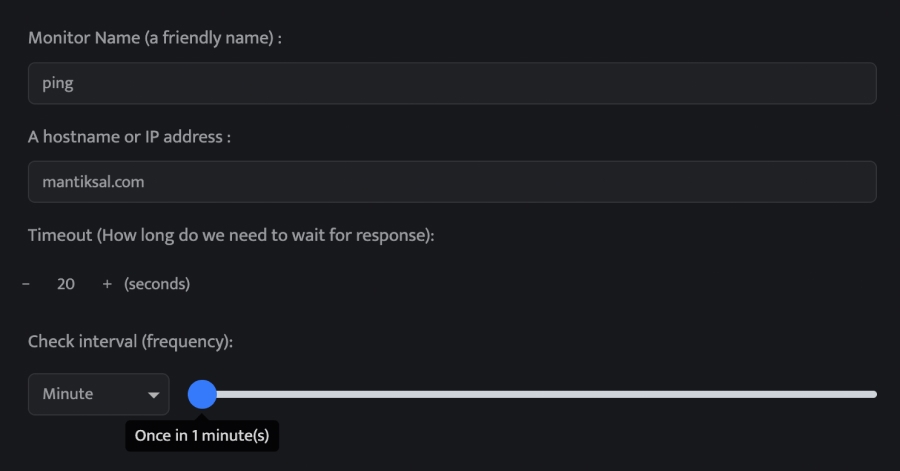Server Monitoring
To succeed online, your online services must be available 24/7. Robotalp regularly sends ping requests to your servers around the clock to ensure there are no interruptions. Our robots check for downtime globally and alert you when there are issues.
What is Ping?
Ping is a handy tool for checking if a website or server is reachable. The term "ping" comes from the sonar term used to detect objects underwater by sending out sound pulses and listening for their echo. It sends out little signals and waits for a response. Like when submarines send out sounds to see if anything's around. People use it to fix internet problems and see how fast data travels. It's like peeking behind the scenes of the internet!

Think of 'ping' like sending a quick 'hello' to check if a friend's there. In tech, it's a way to see if two devices can talk. You send a tiny message and wait for a reply. If you get one, it means everything's working fine. If not, there might be a hiccup. So, ping's like a virtual handshake, making sure everything's connected and ready to go.
What is Ping Monitoring?
Ping monitoring is like saying a quick hello to your servers/services to see if they're up and running smoothly. It's your virtual assistant, always keeping an eye on your server health. With ping monitoring, you'll know right away if something's off, helping you fix issues before they become big problems. It's a smart way to ensure your network stays reliable.
Why should you use a Ping Monitoring Service?
Wondering why you should use a Ping Monitoring Service? Let's break it down. First off, it helps keep an eye on your network's health. Plus, it quickly detects any issues, like if a server goes down. This means less downtime for your business and happier customers. With our Ping Monitoring Service, you're staying ahead of problems before they become big headaches.





